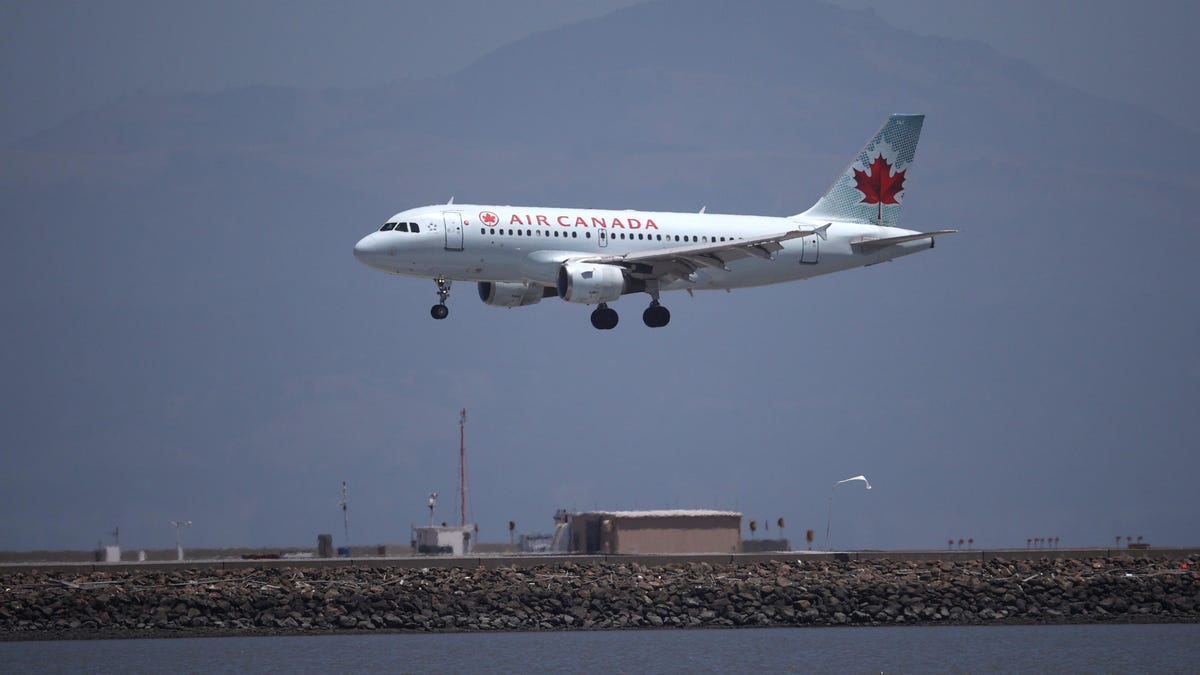Canadian pilots are increasingly setting their sights on higher-paying opportunities in the United States. According to previously unpublished data from the Federal Aviation Administration (FAA), 147 Canadian pilots have applied for licenses to fly commercial jets in the US in 2022, a significant increase from the 39 in 2021.
This trend is driven by the more lucrative compensation packages and improved benefits that US airlines have been offering their pilots to prevent strikes. The threat of a potential exodus of Canadian pilots is also working in favor of those who stay behind, as they have more leverage in negotiating contracts with domestic carriers that may face shortages of skilled labor.
Air Canada, in particular, has been affected by the departure of Canadian pilots. The pilots that remain are now pushing for their employers to match the competitive salaries offered by American airlines. The Air Canada Pilots Association (ACPA) has expressed dissatisfaction with the 2% annual wage increase they have received since 2014, and negotiations for higher raises are underway as the supply of pilots becomes tighter.
Some Canadian aviation companies have already taken steps to align with their US counterparts. Westjet, based in Calgary, recently signed a new contract that raises wages by 24% over four years, making their crews the highest-paid for narrow-body aircraft in Canada. Meanwhile, pilots at Sunwing, a Toronto-based leisure airline, have negotiated a 23% wage increase for 2023, with an additional 2.5% hike scheduled for January 2024.
In the United States, there has been a persistent shortage of trained pilots. Factors such as pilot retirements, stricter regulations, increased flight hour requirements, and a decrease in the number of military pilots entering the commercial workforce have contributed to this shortage. However, some argue that the claims of a shortage are a result of corporate mismanagement, with airlines making decisions that prioritize cost-cutting measures over adequately staffing their operations.
The Air Line Pilots Association (ALPA), the world’s largest pilots’ union, suggests that airlines are attempting to divert attention from their mismanagement by blaming the alleged shortage. According to the ALPA, airlines anticipated a slow recovery in air travel demand following the pandemic and took measures to cut costs, such as reducing the number of pilots and displacing them across different aircraft and fleet types. With the rapid resurgence of air travel, airlines are now struggling to fill positions due to time, financial, and training constraints.
While pilot shortages are a subject of debate, American Airlines, Delta, and United pilots have successfully negotiated significant compensation increases recently. American Airlines pilots secured a 46% pay raise, Delta pilots negotiated a 34% boost over four years, and United pilots obtained a pay hike over the next four years. However, even with these raises, there is still a need to address the shortage of airline executives willing to make decisions that prioritize safety and experienced workers.
It is important to note that the issue of pilot shortages is not limited to Canada and the United States. Globally, pilots are eyeing opportunities in the US due to the combination of high travel demand and historic wage increases in the American aviation industry.
In summary, Canadian pilots are increasingly seeking higher-paying jobs in the United States, driven by the attractive compensation packages offered by US airlines. The remaining Canadian pilots are leveraging this trend to negotiate better contracts with their domestic carriers. The shortage of pilots in the US is a complex issue, with some believing it is primarily a result of corporate mismanagement rather than an actual shortage. Regardless, airlines are taking steps to address the situation, including negotiating higher wages for pilots and considering adjustments to retirement age requirements.
Denial of responsibility! Vigour Times is an automatic aggregator of Global media. In each content, the hyperlink to the primary source is specified. All trademarks belong to their rightful owners, and all materials to their authors. For any complaint, please reach us at – [email protected]. We will take necessary action within 24 hours.


